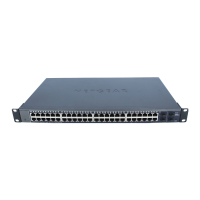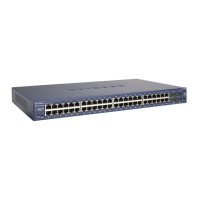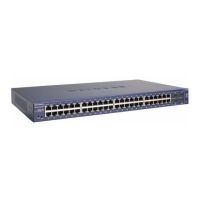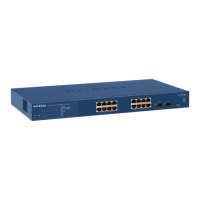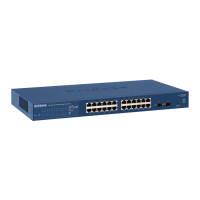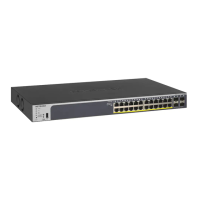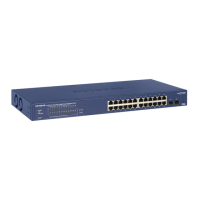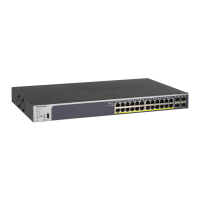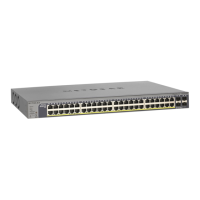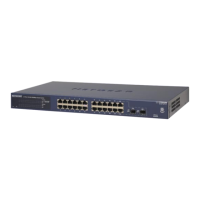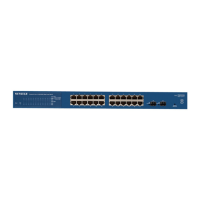241
GS748T Smart Switch
FLASH Log Configuration
The FLASH log is a log that is stored in persistent storage, which means that the log
messages are retained across a switch reboot.
• T
he first log type is the system startup log. The system startup log stores the first N
messages received after system reboot. This log always has the log full operation
attribute set to stop on full and can store up to 32 messages.
• T
he second log type is the system operation log. The system operation log stores the
last N messages received during system operation. This log always has the log full
operation attribute set to overwrite. This log can store up to 1000 messages.
Either the system startup log or the system opera
tion log stores a message received by the
log subsystem that meets the storage criteria, but not both. On system startup, if the startup
log is configured, it stores messages up to its limit. The operation log, if configured, then
begins to store the messages.
Use the FLASH Log Configuration page to enable or disable persistent logging and
to set the
severity filter.
To access the FLASH Log Configuration page, click the Moni
toring Logs tab, and then
click the FLASH Log link.
To configure the FLASH Log settings:
1. Use the
radio buttons in the Admin Status field to determine whether to log messages
to persistent storage.
• Enable: Enab
les persistent logging.
• Dis
able: Prevents the system from logging messages in persistent storage.
2. From the Se
verity Filter field, specify the type of log messages to record. A log records
messages equal to or above a configured severity threshold. For example, if you select
Error, the logged messages include Error, Critical, Alert, and Emergency. The default
severity level is Alert (1).
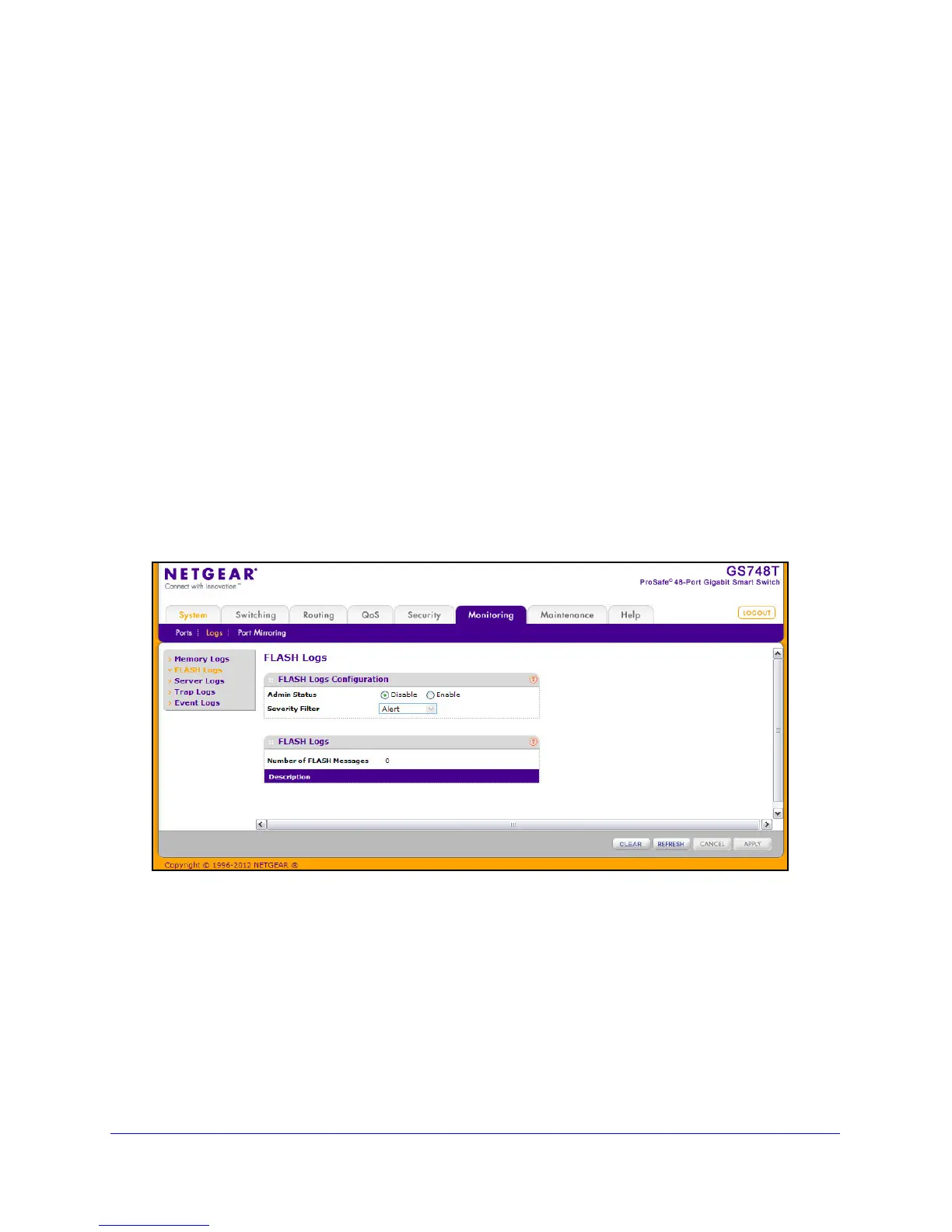